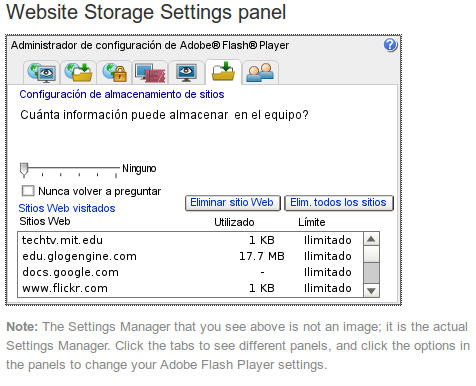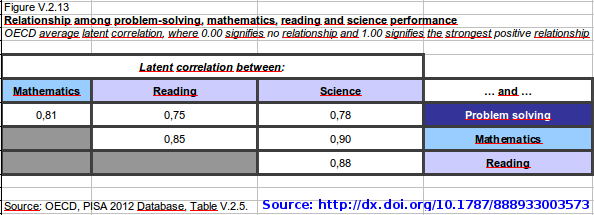The slideshare presentation embedded below posted by Maria Andersen, Director of Learning & Innovation at Area9 on Oct 02, 2010 summarizes a research paper from Vilma Mesa titled «Student Participation in Mathematics Lessons Taught by Seven Successful Community College Instructors» (see page 64).
What it caught my attention was how easy is to demonstrate that:
- 1. Almost all the interaction is instructor-to-student (not student-to-student).
- 2. There are many students in every classroom that are never involved in an interaction.
Probably none of these assertions are a surprise for a teacher. The interesting thing is that the Vilma Mesa’s map corresponds to traditional math classrooms without technologies for education. Maria Andersen uses that map to point out how little interaction among students actually exists in traditional classrooms. She says in another presentation that:
The classroom is highly interactive for the teacher and engaging for all the about 3 students.
On the her hand Cathy Woods, Educator at Secondary School, posted a comment to say that the most questions (interactions) looked like to happen in traditional blackboard classrooms and not in ICT equipped classrooms.
I do believe that it’s easier to improve and extent the level of interaction in lessons with ICT (devices and applications) than without them. In other words, the best planned and carefully designed traditional lesson will never allow the level of synchronous interactions that can be accomplished with some apps. For example:
- Ask all your students to write in 2-3 minutes a question about the lesson topic.
- Show a question or a survey on a IWB or on a screen and ask students to vote for or choose the correct options.
- Ask your students to reply to the question previously posted by any classmate sitting down around them
- Ask them to complete a short and quick quiz at the beginning, in the middle or at the end of a lesson.
All of these examples can be carried out with a cheap kit:
- WiFi connection
- An opensource LMS as Moodle
- A cheap projector in front of the students (or a more expensive IWB)
- and inviting your students to bring their own devices to interact during the lessons.
- Not less important is to give some ‘extra credit’ for those who do their jobs.


